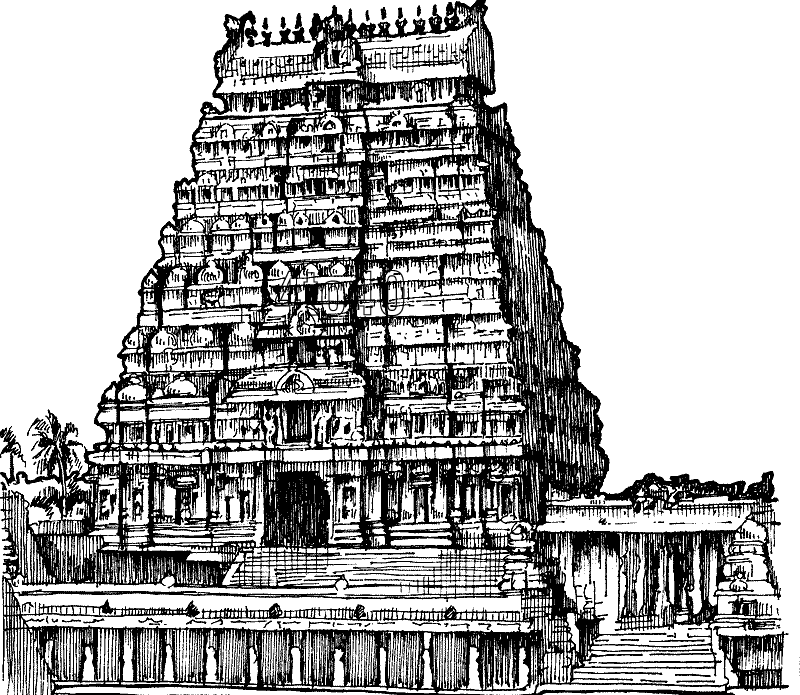LALITHA SAHASRANAMAM - Namah # 89
- S Subramaniam
- Oct 31, 2022
- 2 min read
LALITHA SAHASRANAMAM
@ S. Subramaniam

मूल कुट त्रय कलेबरा (89)
Mula Kuta Traya kalebara (89)
Meaning:
Devi whose body is identical with the fifteen letters of Pancha Dashakshari Mantra which is covered by the three types of Kutas or the combination of the letters.

Interpretation:
In this namah, the combination of the words Mula Kuta Treya, as we have already seen, can be understood as the root of three kinds of Kutas - Vaibhava Kuta, Madhya Kuta and Shakti Kuta.
Kalebara literally means body. To quote the Sanskrit saying:
यावत्स्वस्थमिदं कलेवरगृहम्
Yavat Svastha Midaṃ Kalevara Gṛuham.

Here, Kalebara refers to Devi's body or sareeram. Vaibhava Kuta covers her Face portion, Madhya Kuta the portion from her neck to waist and Shakti Kuta from her waist to feet. Overall, Devi is referred to as representing the three Kutas.

The Carnatic Music link:
Special mention here has to be made about the great Carnatic music exponent and composer Muthuswamy Dikshadar's famous composition Nilotpalamba Vibhakti Krithis. Dikshadar has composed nine Kirthis (Prayer songs) specifically to be sung on the Nine days worship of Devi during Navratri and this one, Nilotpalambam Bhajare, in which a mention is made about Mula Kuta Treya Kalebara, is meant for singing on the second day - Dwitiya - of the festival.
Music lovers may visit the following link to enjoy listening to the song.
Author's Notes:
This namah seems to have a special significance. While namahs # 85, 86 and 87 discuss the three Kutas in detail, this namah summarizes the three Kutas.

Vaag Devi-s seems to have done this repeat exercise deliberately to indicate to the devotees the magnitude of importance of Devi representing all the Mantras, with specific mention about the auspicious Pancha Dashi Mantras.
Devotees should therefore remember while chanting any mantra that Devi Lalithambika is the Supreme power and she alone represents the body form (Kalebara) of all the Mantras.
Disclaimer: All matters contained in this article are the property of www.templesofasia.com. The opinions expressed in this article are purely that of the author. The author alone is responsible for the accuracy, authenticity, completeness and validity of all the information in the article.




Comments